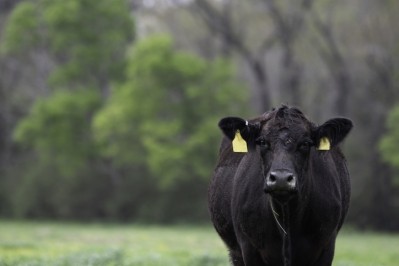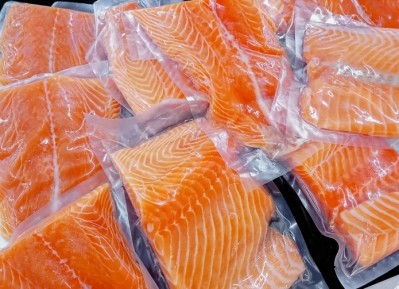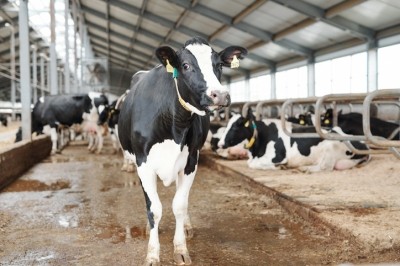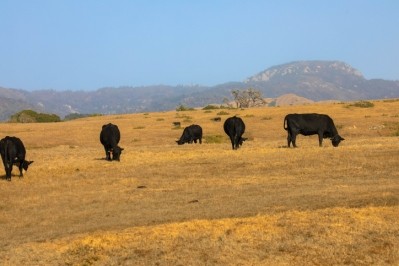Cargill: ‘Our goal is to be the leader in beef sustainability’
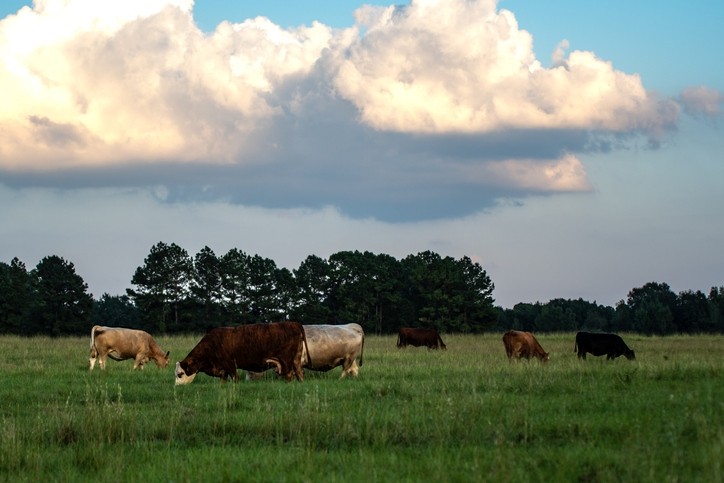
Cargill’s sustainability credentials have come in for some torrid scrutiny of late, mainly pertaining to the agri-giant’s presence as a soy trader in Brazil. At the start of this year, Wall Street Journal reported that Nestlé had stopped buying Brazilian-produced soy from Cargill amid deforestation concerns, and then last month [July], salmon producer Grieg Seafood said that it was suspending Cargill Aqua Nutrition from the proceeds of its Green Bond until its parent company had significantly reduced its soy-related deforestation risk in Brazil.
Turning the spotlight away from Cargill’s activities in Brazil and onto its efforts to improve the sustainability of beef production, this latest project will see 8,000 acres of marginal cropland in Northern Great Plains converted to grassland for beef cattle. This land is not productive for farming or other agricultural uses and replanting it with native grasses will convert it into a thriving eco-system, with cattle playing a critical role, according to Cargill.
“The goal of our reseeding effort is to reintroduce native grasses to land that had been previously plowed up, but where the soil is unsuitable for crops due to composition, lack of moisture, etc.,” Heather Tansey, sustainability lead for Cargill’s animal health and protein businesses, told FeedNavigator.
She continued: “Native plants have roots that are much deeper than crops and introduced plants. In addition to acting as a carbon sink and securing topsoil, these native plants’ roots pull water deep into the soil, storing it for the region’s natural cycles of drought. When managed well, native grasses grazed by cattle can actually increase biodiversity of animal species.”
Cattle grazing can help stimulate the growth of grasses and maintain a heathy eco-system, similar to the role the region’s native bison used to play. Cattle’s hooves break through the hard ground, allowing more water to be absorbed in the soil.
Carbon questions
Beef production regularly comes under criticism for its contribution to carbon emissions. Asked what effect a project that increases the amount of land given over to grazing will have on carbon emissions, Tansey replied:
“Prairies evolved under pressure from grazing animals and from wildfires. Adding well-managed grazing into restoration efforts has demonstrated benefits because this mimics prior conditions in these eco-systems. We will be monitoring carbon sequestration rates to add to a much-needed body of knowledge about the role of cattle grazing in a holistic assessment of beef’s environmental footprint.”
Beefing up sustainability efforts
The project is part of Burger King’s and Cargill’s continued efforts to make beef more sustainable. Owned by Restaurant Brands International, Burger King is working to advance commitments made through its sustainability framework, Restaurant Brands for Good.
Cargill, meanwhile, launched its BeefUp Sustainability initiative last year, with the topline goal of reducing GHG emissions throughout the company’s beef supply chain by 30% by 2030. The program is made up of four pillars: food production, food waste reduction, innovation and grazing management. This collaboration restoration work is part of the grazing management pillar.
“Cargill’s goal is to be the leader in beef sustainability. We have a unique position along the supply chain to link up with conservation organizations like WWF, customers like Burger King, and ranching groups – to create solutions that work from farm to fork. We launched our BeefUp Sustainability initiative to bring this aspiration to life,” said Tansey.
